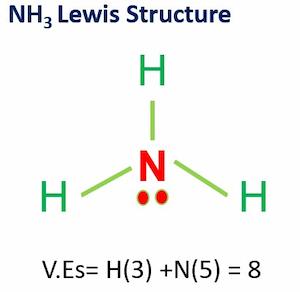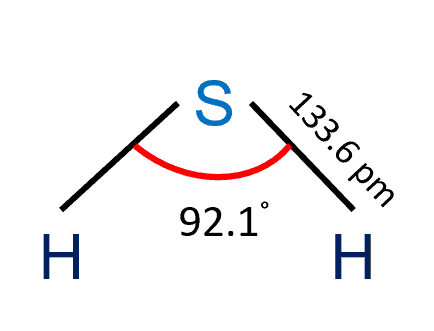Potassium is the fourth element in the periodic table’s first column. It is considered an alkali metal. The outer shell of a potassium atom contains one valence electron and 19 electrons. Potassium is chemically similar to sodium, the alkali metal on the periodic table above it. The nucleus of an atom of potassium contains 19 protons and 20 neutrons.

The first two electrons in the electron configuration for potassium will be in the 1s orbital. The 1s orbital can only hold two electrons,
Six electrons will be placed in the 2p orbital, followed by two electrons in the 3s orbital. Since the 3s are now full, we will move to the 3p and place the next six electrons. The remaining electrons will fill the 4s orbital. As a result, the potassium electron configuration is 1s2 2s2 2p6 3s2 3p6 4s1.
Table of Contents
Potassium- Key Points
| Name of element | Potassium (K) |
| Atomic number | 19 |
| Number of Protons | 19 |
| Mass Number | 39 |
| calcium electron configuration | 1s2 2s2 2p6 3s2 3p6 |
| Density | 0.856 g/cm3 |
Is Potassium a metal?
Potassium is an extremely active metal. When it comes into contact with water, it reacts violently, emitting heat and hydrogen gas. It also interacts with a wide range of other elements and substances, including oxygen, acids, sulphur, fluorine, and nitrogen.
Potassium Isotopes
There are three isotopes of potassium that occur naturally: K-39, 40, and 41. The majority (93%) of potassium found in nature is K-39.
Summary
- The atomic number of potassium is 19 and each potassium atom has 19 protons.
- Potassium is one of the alkali metals, which means it is a highly reactive metal with a valence of 1.
- The electron configuration of Potassium is 1s2 2s2 2p6 3s2 3p6
Related Topics
Neon Element| Properties & Uses
Sulfur trioxide (SO3)
Electron Configuration for Calcium
Titanium Electron Configuration
Electronic Configuration for Nitrogen (N)
Recommended Video
Frequently Asked Questions
1. How many electrons does oxygen have?
A single oxygen atom has eight protons, eight electrons, and eight neutrons.
Oxygen is a stable isotope of oxygen with a nucleus of 8 neutrons and 8 protons. Its mass is 15.99491461956 u. Check the full topic “How many electrons does oxygen have?”.
2. How many electrons does helium have?
A single helium atom has two protons, two electrons, and two neutrons. The second element in the periodic table is helium. Because s subshells may store up to two electrons, both electrons fit into the 1s subshell, resulting in the electron configuration for helium atoms being 1s2.
More Interesting Links
- BCl3 Lewis Structure in four simple steps - November 1, 2023
- PH3 Lewis Structure in four simple steps - October 8, 2023
- PF3 Lewis structure in four simple steps - September 24, 2023




